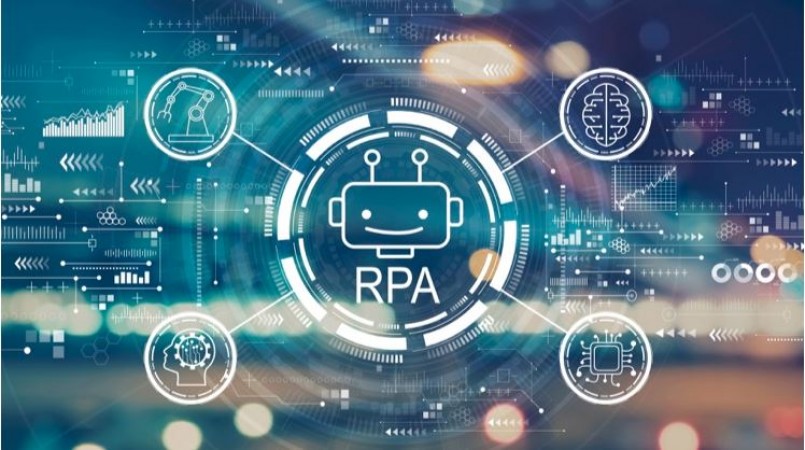
NEW DELHI, INDIA
Robotic process automation (RPA) is a software technology that makes it easy to build, deploy, and manage software robots that emulate human’s actions interacting with digital systems and software. Just like people, software robots can do things like understand what’s on a screen, complete the right keystrokes, navigate systems, identify and extract data, and perform a wide range of defined actions. But software robots can do it faster and more consistently than people, without the need to get up and stretch or take a coffee break.
What does robotic process automation RPA do?
Robotic process automation (RPA) is a software technology that makes it easy to build, deploy, and manage software robots that emulate human’s actions interacting with digital systems and software.
What is robotic process automation RPA example?
The term Robotic Process Automation (RPA) brings the image of physical robots performing labor-intensive activities, like cleaning a house, lifting heavy objects, doing every work as a human worker.
What are the 3 Rs of RPA?
The 3Rs of robotic piece-picking - range, rate, and reliability - key metrics. The benefits of integrated robotic piece-picking solutions and what elements need to be brought together.
How does RPA function?
RPA creates and deploys a software robot with the ability to launch and operate other software. Designed primarily for office-type functions, RPA works like a digital assistant, doing routine onerous tasks that would otherwise eat up employees' time. RPA today is found across a range of industries and applications.
ALSO READ:-The Rise of Artificial Intelligence (AI): Transforming the Economy
What technology is used in RPA?
Newer RPA tools use AI, machine vision and natural language processing to mitigate breakage problems. Modern RPA platforms also provide some integration with centralized IT governance and management capabilities, making it easier to scale the use of RPA across the enterprise.
What are RPA benefits?
RPA not only improves efficiency and accuracy in business processes, but also spares human workers from needing to spend their time on dull and repetitive tasks. This frees them up to focus on work that requires human judgment and empathy.
What are two uses of RPA?
Robotic Process Automation (RPA) improves and enhances customer service by reducing administrative workload. Customer service is sped up with software robots that gather data and documents from various systems, handle service requests, and update customer records.
Examples of Autonomous Robots
ALSO READ:-Google DeepMind Unveils RoboCat: A Revolutionary Self-Learning Robot Agent The Impact of Technology on Sports: Revolutionized the Way Sports Are Played, Officiated, and Enjoyed by Fans